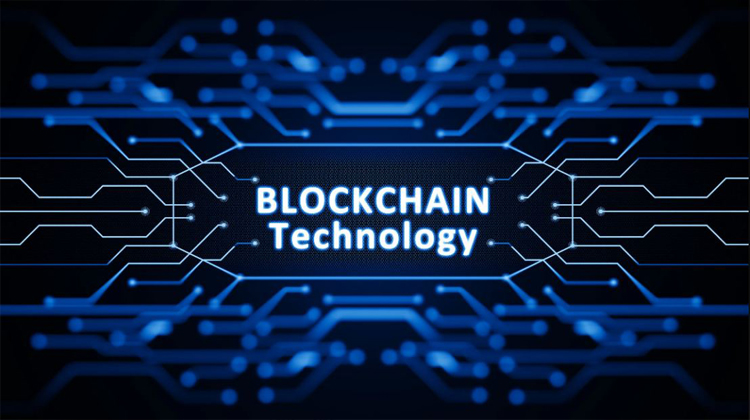
Cardano Blockchain
Cardano is one of the biggest cryptocurrencies by market cap. It’s designed to
be a flexible, sustainable, and scalable blockchain platform for running smart
contracts — which will allow the development of a wide range of decentralized
finance apps, new crypto tokens, games, and more.
Cardano’s goal is to be the most environmentally sustainable blockchain
platform. It uses a unique proof-of-stake consensus mechanism called
Ouroboros, as opposed to the energy-intensive proof-of-work system currently
used by Bitcoin and Ethereum.
The Cardano blockchain is also divided into two separate layers: the Cardano
Settlement Layer (CSL) and the Cardano Computing Layer (CCL). The CSL contains
the ledger of accounts and balances (and is where the transactions are
validated by the Ouroboros consensus mechanism). The CCL layer is where all
the computations for apps running on the blockchain are executed — via the
operations of smart contracts.
Cardano Blockchain
On March 1, 2021, the Cardano blockchain introduced the ability to create native tokens. Like Ethereum tokens — which can include things like NFTs or stablecoins like USD Coin — Cardano native assets can be created and distributed on the blockchain and are able to interact with smart contracts. But unlike Ethereum-based tokens, Cardano native tokens aren’t created via smart contract. Instead, they run on the same architecture as the ADA cryptocurrency itself. According to the nonprofit Cardano Foundation, this makes Cardano native assets “first-class citizens” on the blockchain. Their native architecture can theoretically make these tokens more secure and reduce the fees associated with transactions.

